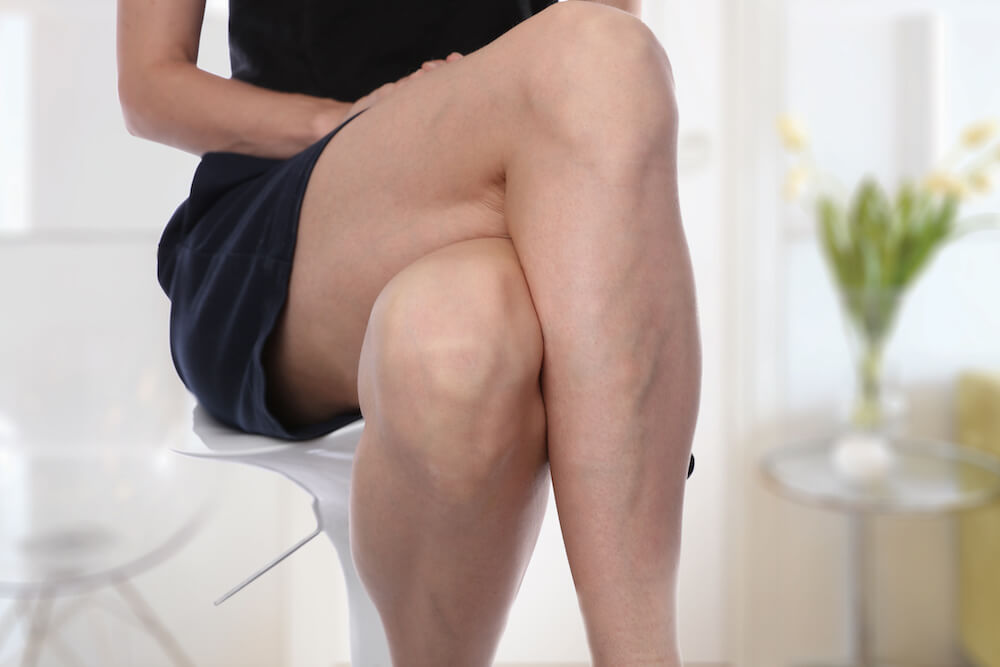Varicose veins can be a complicated subject to broach. Many patients can identify the telltale blue-purple veins in their legs that cause them pain or discomfort. However, they do not know exactly what causes them, the risk factors associated with them, or when to seek treatment. There are a lot of unanswered questions floating around.
If you believe you may have varicose veins, these four frequently asked questions should help to clear up any confusion.
1. What Exactly Are Varicose Veins?
Many patients have a hard time grasping what varicose veins are and how they form in the body. Generally speaking, your veins are designed to keep blood moving in the direction of the heart. When you have varicose veins, the valves stop closing after the blood moves through them. This is caused by chronic venous insufficiency.
This condition allows the blood to flow backward into the vein and pool up, causing swelling and the blue or purple color that you have come to associate with varicose veins.
What causes varicose veins? These six risk factors can all contribute to the development of this condition:
- Genetics
- Pregnancy
- Menopause
- Age
- Obesity
- Prolonged standing
If you experience any of these risk factors, you should pay close attention to veins in your legs that appear swollen or dark in color. These could be the early signs of the formation of varicose veins.
2. Do Varicose Veins Cause Pain?
Varicose veins tend to worsen over time. They can lead to pain if the progressive nature of the disorder is not addressed quickly. In the beginning stages, varicose veins are small and can hardly be seen. They are not likely to cause much pain or discomfort during this stage.
The larger they grow, the more likely you are to feel them become sensitive to the touch. The swelling becomes uncomfortable and leads to fragile skin surrounding the varicose veins. Once you start to notice more pain, the veins can even cause ulceration.
3. Are Varicose Veins a Risk Factor for Deep Vein Thrombosis?
Unfortunately, the development of varicose veins can indeed increase your chances of deep vein thrombosis, or DVT. Varicose veins affect the veins that are closest to the surface of the skin, but DVT impacts the veins deeper in your legs. As blood pools up in these larger veins, you may have more blood clots.
Blood clots can negatively impact your circulation, but there is an even bigger risk: If they work their way loose, they can travel to the lungs, which can be fatal. If you have varicose veins, early treatment is key.
4. When Should You Treat Varicose Veins?
Once you notice that you have developed varicose veins, don’t expect them to improve all on their own. Varicose veins are a progressive disorder that will worsen over time.
You should not let varicose veins progress because they can cause discomfort or pain. While you may not need to worry immediately, consistent swelling or ulceration should be key factors in determining when to treat this condition.
Contact Us with Your Questions
Do you still have lingering questions about your varicose veins? Make sure to contact Metropolitan Vein and Aesthetic Center for help understanding your condition and for more information on how to treat varicose veins!


